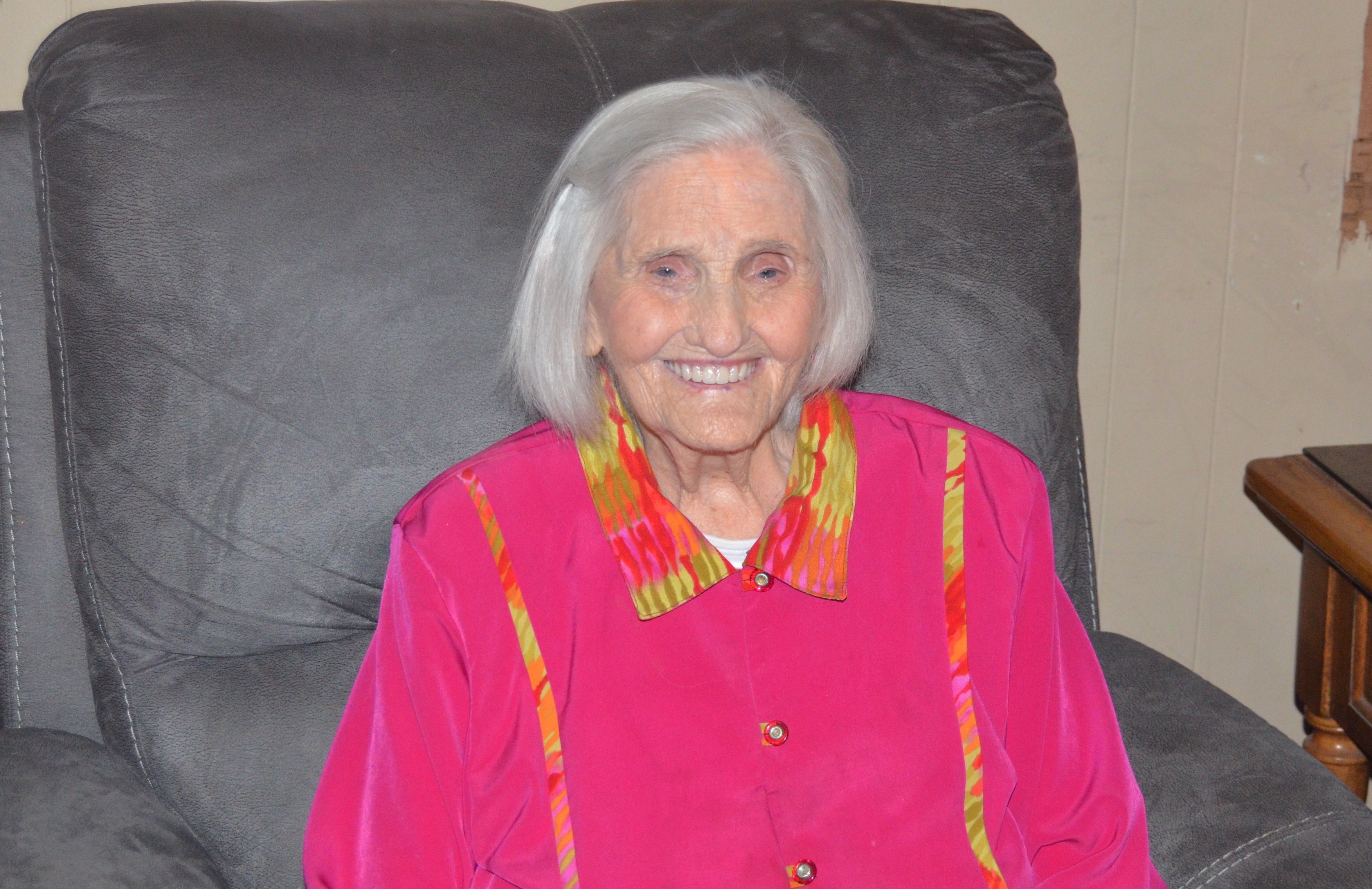Chilton County Airport has rich history
Published 2:52 pm Thursday, June 7, 2012

View from above: An early aerial view of the Chilton County Airport shows the east/west runway that had recently been paved.
By Billy Singleton
As preparations began for the Independence Day celebration of 1937, the residents of Chilton County finally had reason to be optimistic about the future. After eight long years of hardship brought about by economic depression, New Deal programs initiated by President Franklin Delano Roosevelt had begun to reduce the staggering rate of unemployment that had persisted across the country. The escalating crisis in Europe that would eventually encompass the nations of the world in a second global war remained only a regional conflict separated from most Americans by the vast Atlantic Ocean.

The Chilton County Airport was originally named for Dr. V.J. Gragg. The facility was later renamed Gragg-Wade Field in recognition of the contributions of Charles Wade, a local aviation pioneer.
For the people of Chilton County, optimism abounded for another reason as well. In addition to the Independence Day celebration, the weekend of July 3-4, 1937, was slated for the public dedication of the county’s new airport. Located on a 60-acre parcel of property purchased from local resident E.W. Miller, the new airport had been constructed through provisions of the Civil Works Administration and its successor, the Works Progress Administration. Beginning in 1934, 75 men plied their shovels, scrapes, wagons and teams to prepare the ground for the landing areas.
The original design of the Chilton County Airport reflected a unique trend in Alabama airports during this era. Walter Sumpter Smith, aeronautical advisor for the Alabama airport construction program, believed an airport should be designed in a manner that provided recreational activities for members of the community in addition to its primary role as an aviation facility. The Alabama Air Park Plan utilized airport property to include the construction of a swimming pool, community club house, golf course and other recreational facilities. Although this concept was utilized at a few selected airports in Alabama, the cost of construction was substantial and the concept was eventually abandoned.






